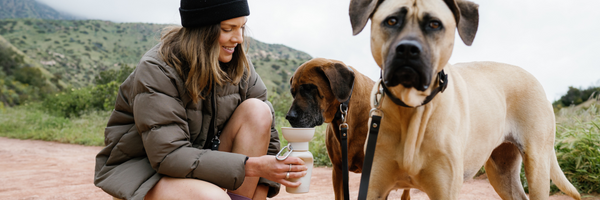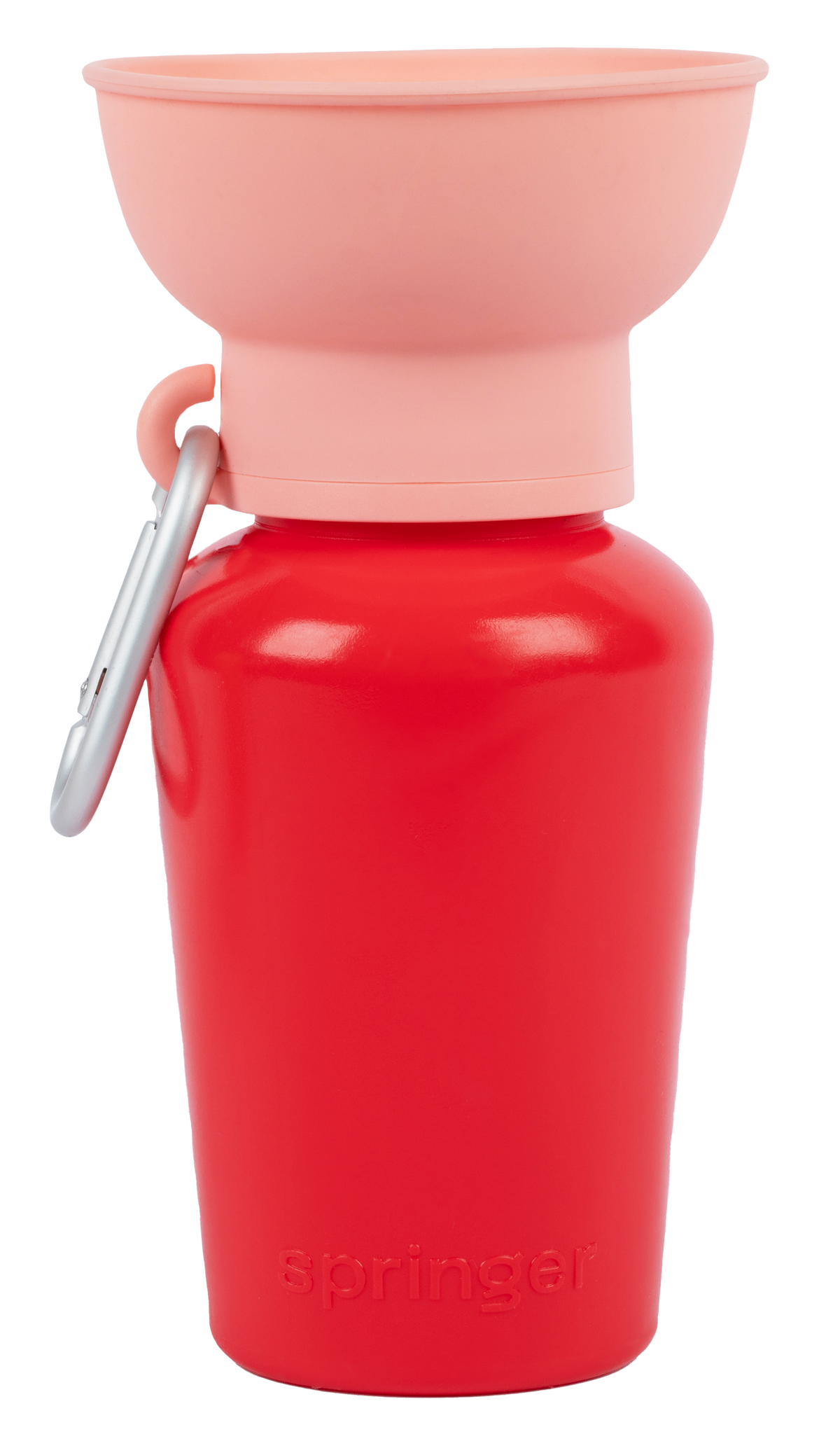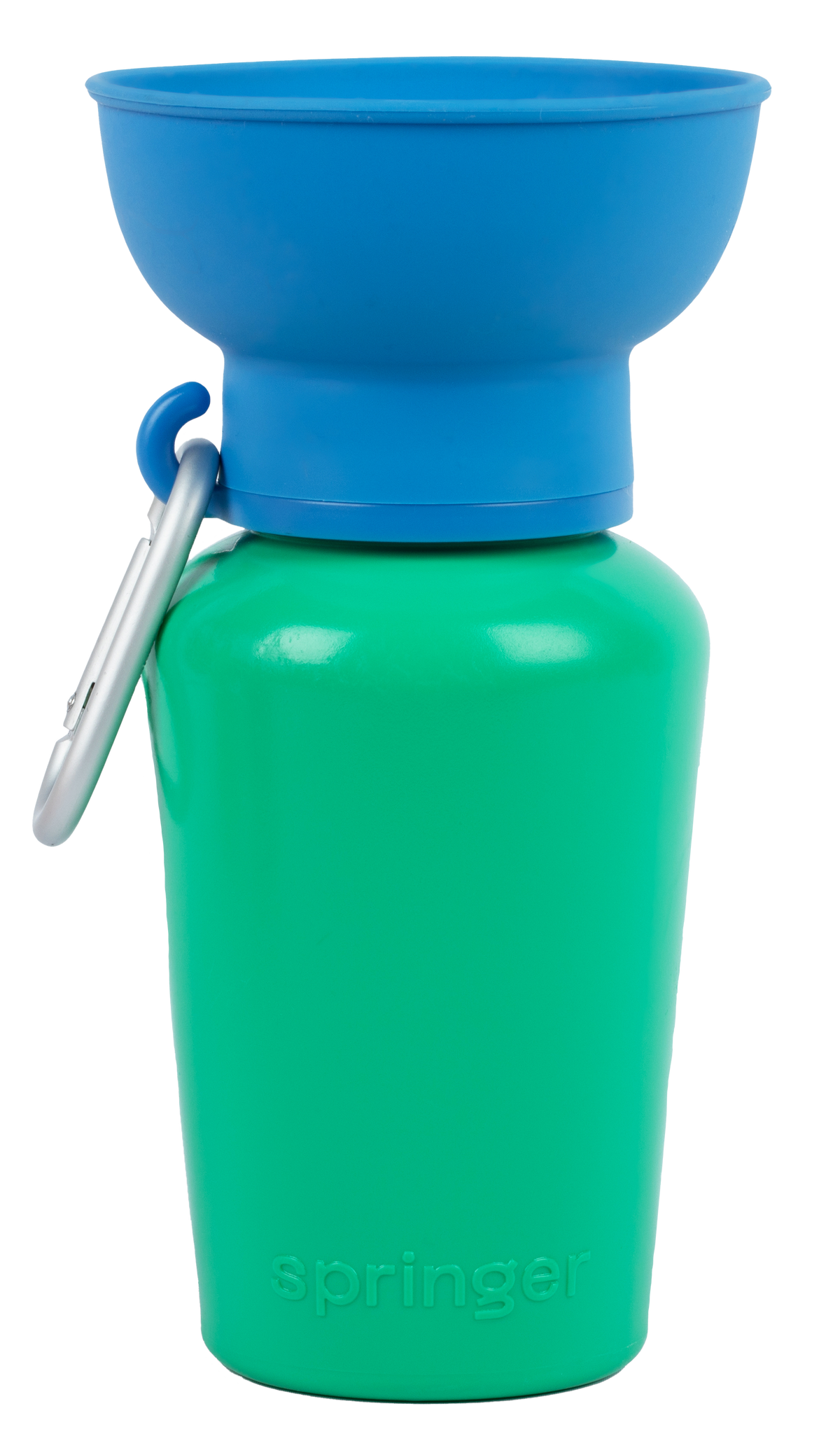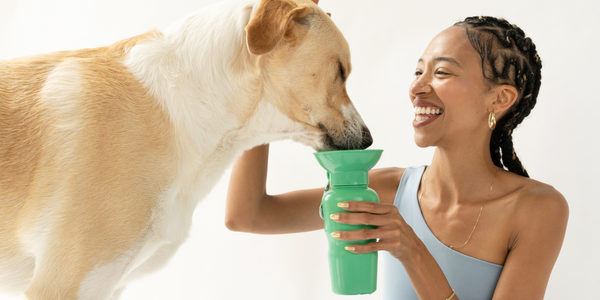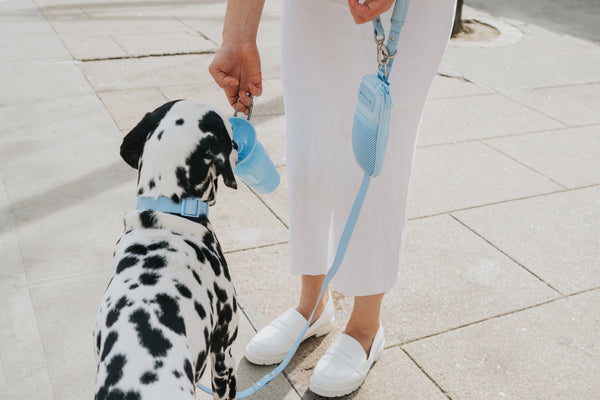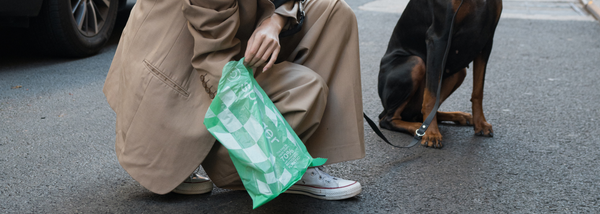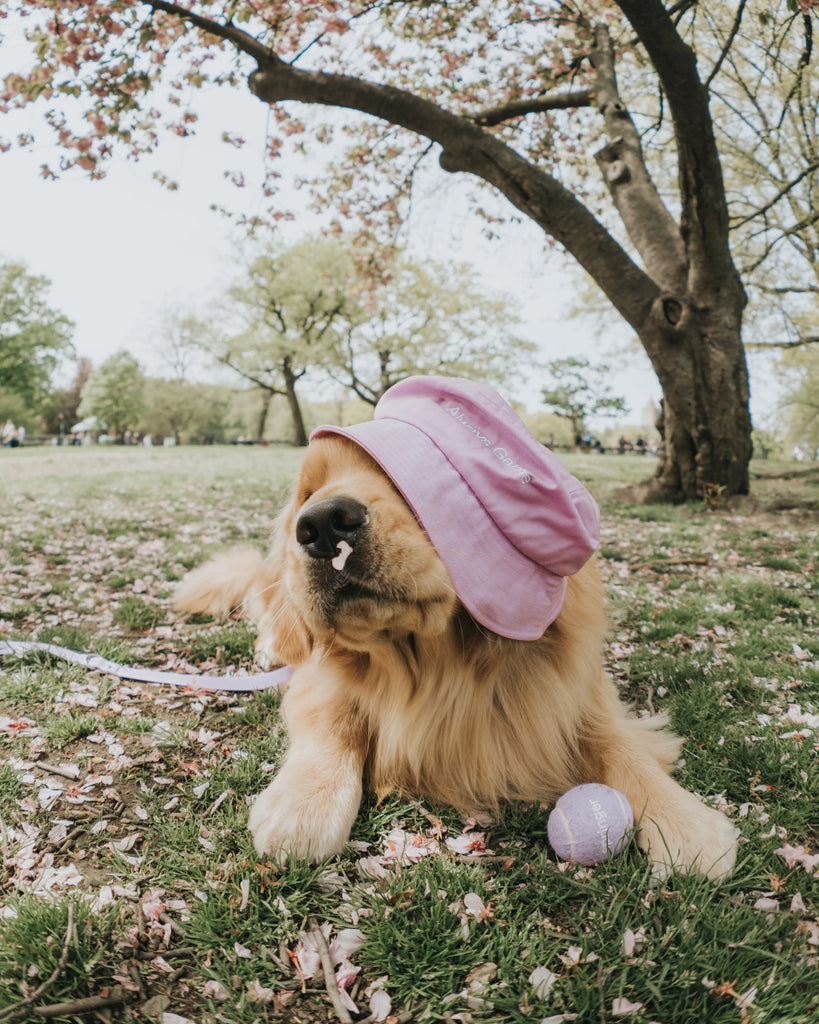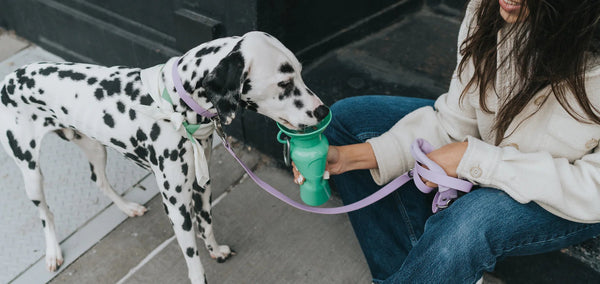Walking your dog is more than just a daily chore—it's an opportunity for bonding, exercise, and training! Whether you're a new dog owner or have been walking your pup for years, these tips will help ensure your walks are safe, enjoyable, and beneficial for both you and your dog.
1. Use the Right Equipment
Invest in a comfortable, properly fitted and safe-release collar or no-pull harness and a sturdy leash. A harness can be especially helpful for dogs that tend to pull!
2. Practice Leash Training
Teach your dog to walk politely on a leash. Use positive reinforcement techniques (like their favorite treats!) to encourage them to walk by your side without pulling. Consistency is key!
3. Bring the Essentials
Always carry poop bags and a dog water bottle. You might also want to bring some treats for rewarding good behavior.
4. Be Aware of Your Surroundings
Stay alert to potential hazards like traffic, other animals, or obstacles on your path. This helps keep both you and your dog safe.
5. Follow a Routine
Try to walk your dog at consistent times each day. This helps establish a routine and can aid in house training especially for puppies.
6. Mix Up Your Routes
While routines are important, varying your walking routes can provide mental stimulation for your dog through new sights, sounds, and smells!
7. Allow for Sniffing Time
Sniffing is how dogs gather information about their environment. Allow your dog some time to explore and sniff during walks, but teach a command like "let's go" for when it's time to move on.
8. Tailor the Walk to Your Dog's Needs
Consider your dog's age, breed, and fitness level when planning walks. Some dogs may need longer, more vigorous walks, while others might benefit from shorter, gentler strolls. You know your dog best!
9. Practice Basic Commands
Use your walks as an opportunity to reinforce basic obedience commands like "sit," "stay," and "come." This keeps your dog's mind engaged and reinforces good behavior. Tip: Keep a treat dispenser nearby to reward good behavior.
10. End on a Positive Note
Always try to end walks on a positive note, perhaps with a favorite game or tasty treat. This helps your dog associate walks with positive experiences, making future walks more enjoyable!
Remember, walking your dog isn't just about physical exercise—it's a chance to strengthen your bond, provide mental stimulation, and reinforce training. By following these tips, you'll be well on your way to mastering the art of the dog walk and ensuring that both you and your pup get the most out of this daily activity.
Happy walking + trails!







